Horses have been a part of human history for centuries, serving as loyal companions, working animals, and even athletes. Whether you are a seasoned equestrian or a newcomer to the world of horses, choosing the right horse can be a daunting task. There are many factors to consider, from the horse’s temperament and conformation to its intended use and health history. In this article, we will explore what to look for in a horse, offering guidance to help you make an informed decision when selecting your equine partner.
Temperament
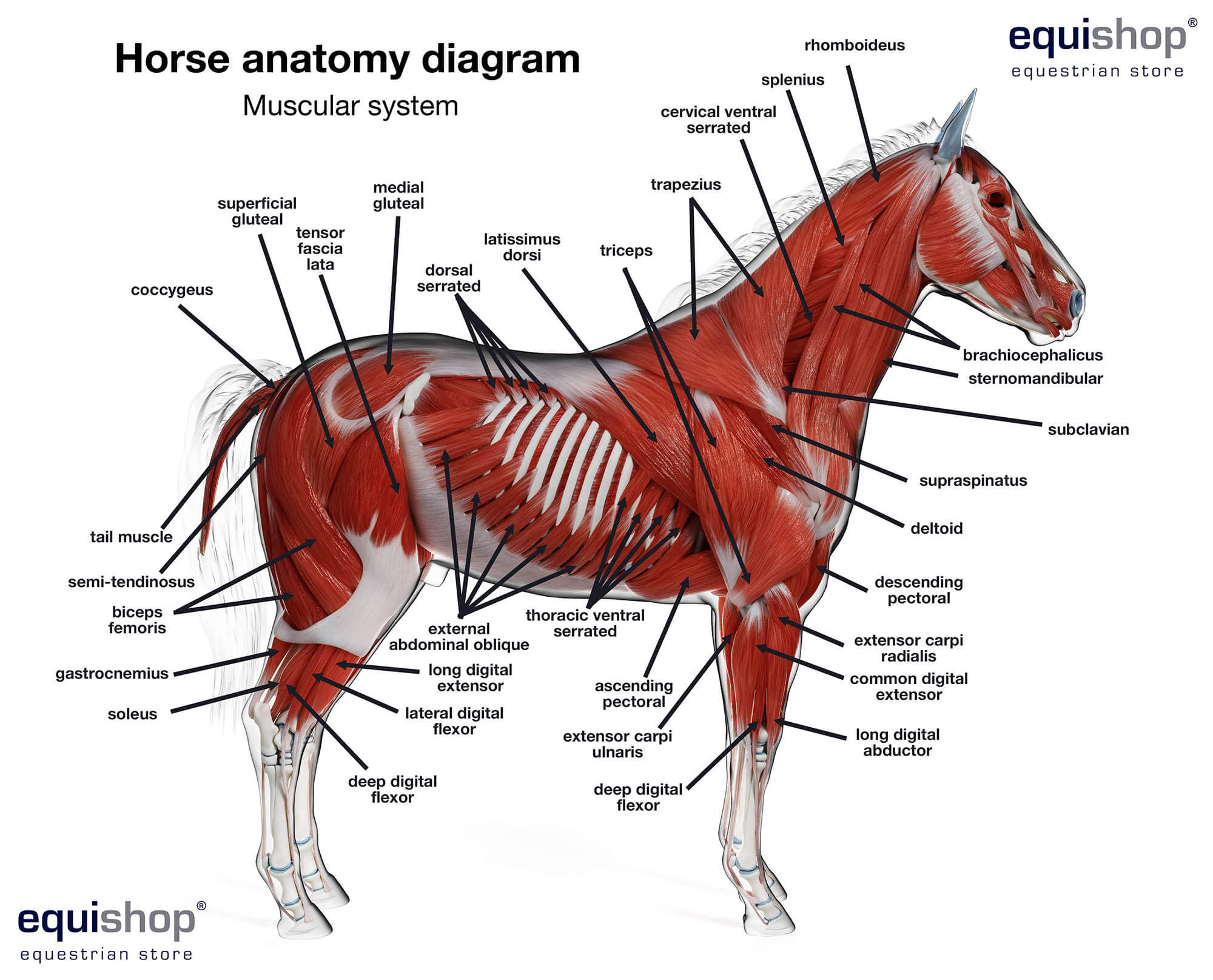
One of the most important factors to consider when choosing a horse is its temperament. A horse’s temperament refers to its personality, behavior, and reactions to different situations. A horse with a good temperament is calm, willing, and easy to handle, making it suitable for a wide range of riders and activities. When evaluating a horse’s temperament, consider factors such as its response to handling, grooming, and riding, as well as its interactions with other horses and people.
Key Considerations:
Social Behavior:
Observe how the horse interacts with other horses in the pasture or stable. A horse that gets along well with its herdmates and shows good social skills is more likely to be cooperative and adaptable.
Handling:
Pay attention to how the horse behaves during grooming, tacking up, and handling on the ground. A horse that is calm and cooperative during these activities is generally easier to work with and more enjoyable to be around.
Conformation
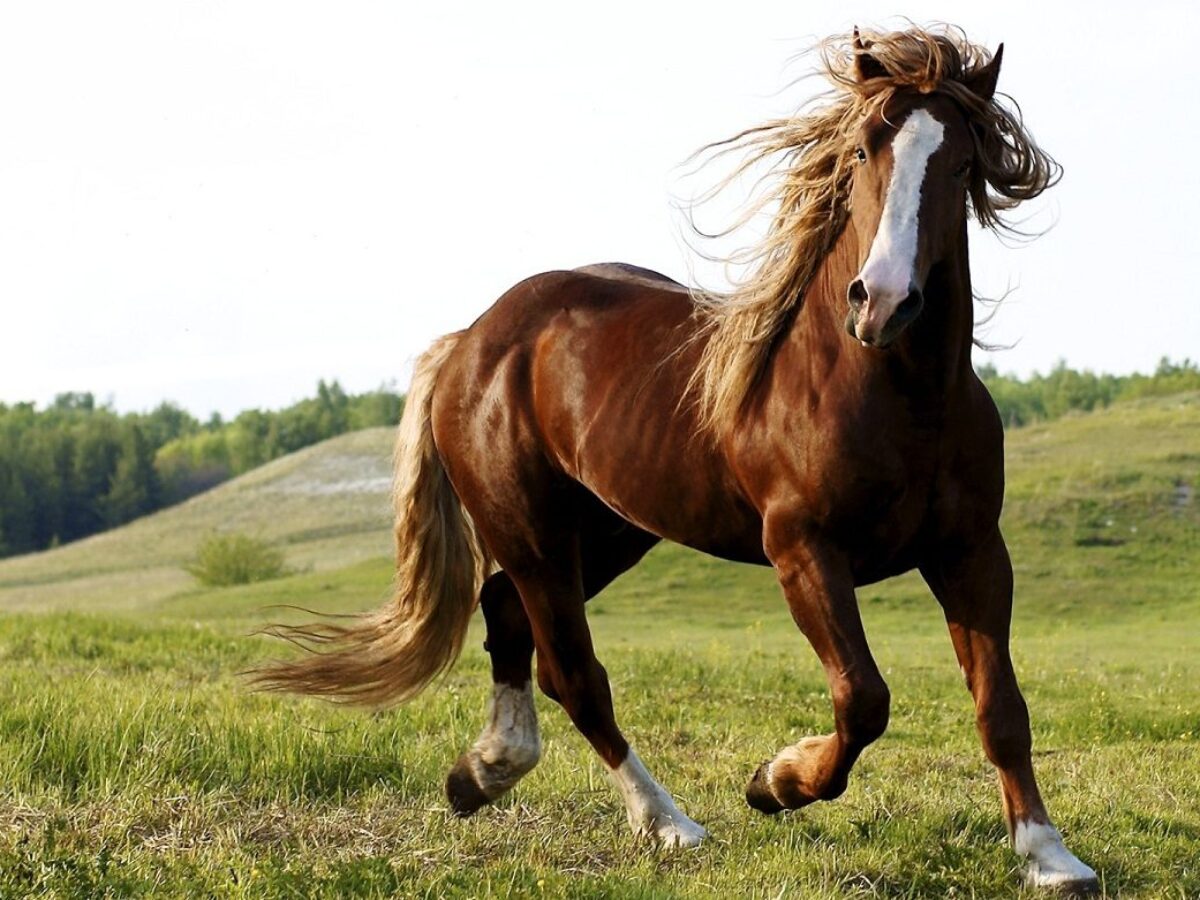
Conformation refers to the physical structure and build of a horse. Evaluating a horse’s conformation involves assessing its overall balance, proportions, and structural soundness. Good conformation is important for a horse’s long-term soundness and ability to perform certain tasks, such as jumping, dressage, or endurance riding. While no horse is perfect, certain conformational traits are generally desirable in different disciplines.
Key Considerations:
Balance:
Assess the overall balance of the horse, looking for a harmonious relationship between its body parts. A well-balanced horse is more likely to move freely and efficiently, with reduced risk of injuries related to conformational imbalances.
Legs and Feet:
Examine the horse’s legs and feet for straightness, alignment, and structural integrity. Well-aligned legs and strong, healthy feet are essential for a horse’s soundness and ability to carry weight comfortably.
Health and Soundness
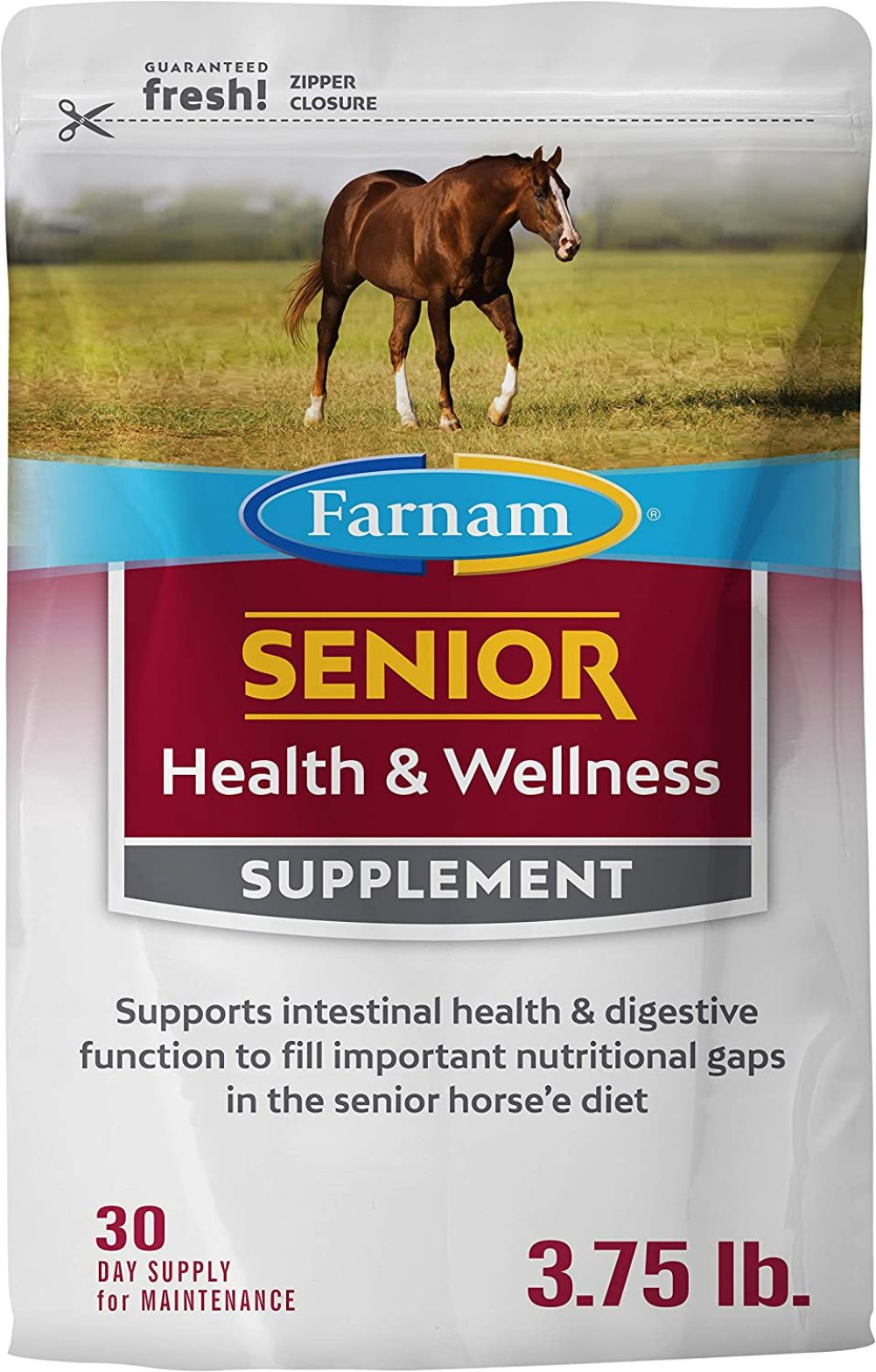
A horse’s health and soundness are crucial considerations when looking for a suitable equine partner. A healthy horse is more likely to perform well and enjoy a longer, more productive life. When evaluating a horse’s health, consider factors such as its medical history, current physical condition, and any potential health issues that may affect its suitability for your intended use.
Key Considerations:
Medical History:
Request information about the horse’s medical history, including vaccinations, deworming, dental care, and any past injuries or illnesses. A comprehensive medical history can provide valuable insights into the horse’s overall health and well-being.
Physical Examination:
Conduct a thorough physical examination of the horse, looking for signs of lameness, stiffness, or discomfort. Pay attention to the horse’s general appearance, including coat condition, body condition, and overall alertness.
Intended Use
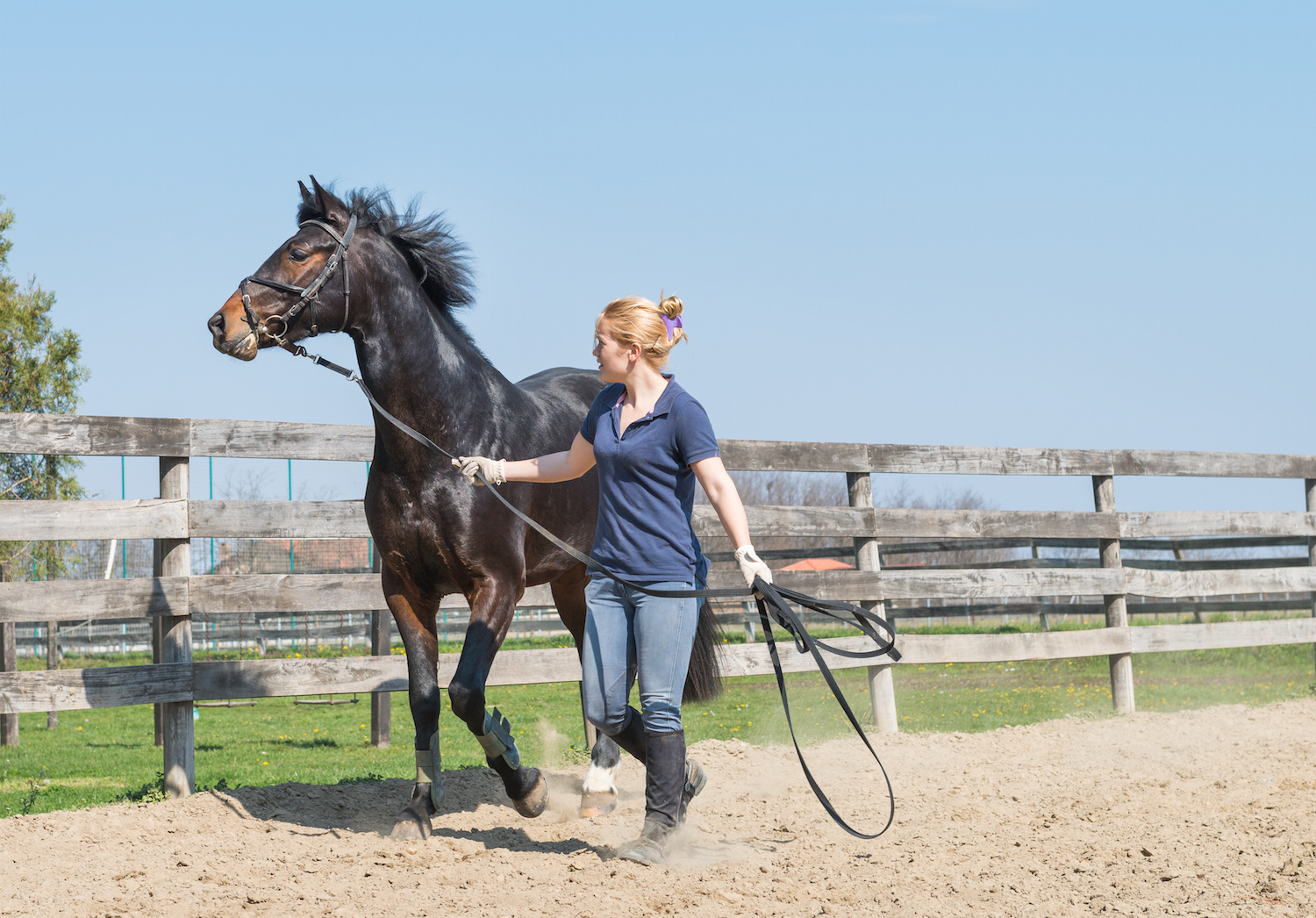
When choosing a horse, it’s important to consider your intended use for the animal. Different disciplines and activities require horses with specific traits and abilities, so it’s essential to match the horse’s characteristics with your riding goals and aspirations. Whether you are looking for a leisurely trail mount, a competitive show jumper, or a reliable lesson horse, understanding the horse’s suitability for your intended use is crucial for a successful partnership.
Key Considerations:
Skills and Experience:
Assess the horse’s training, experience, and aptitude for the activities you plan to pursue. A horse with previous experience in your chosen discipline may require less time and effort to adapt to your riding goals.
Physical Attributes:
Consider the physical attributes and natural abilities that are desirable for your intended use. For example, a horse intended for dressage may benefit from a supple, athletic build, while a horse intended for trail riding may require stamina and surefootedness.
Age and Experience
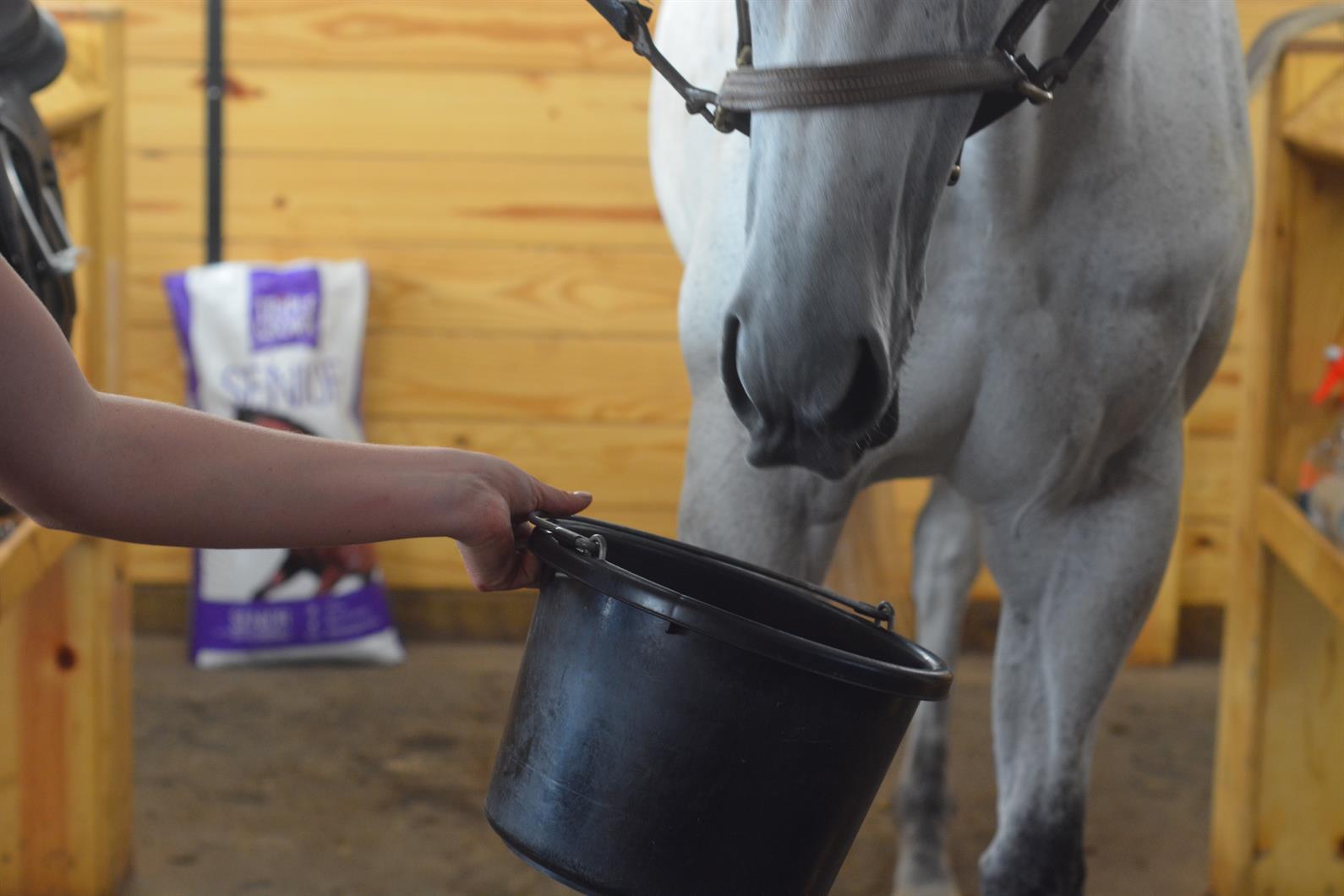
The age and experience of a horse are important factors to consider when making a selection. While younger horses may offer potential for long-term development and training, older, more experienced horses often provide a level of maturity and reliability that can be beneficial for certain riders and activities. Understanding the pros and cons of different age groups and experience levels can help you make an informed decision based on your preferences and riding goals.
Key Considerations:
Younger Horses:
Consider the potential for training and development when evaluating younger horses. Younger horses may require more time and effort to reach their full potential, but they also offer the opportunity to shape and mold their skills according to your preferences.
Older Horses:
Assess the level of experience and reliability that older horses bring to the table. Older horses may have extensive training and exposure to various situations, making them suitable for riders who prioritize a more seasoned and predictable mount.
Training and Education
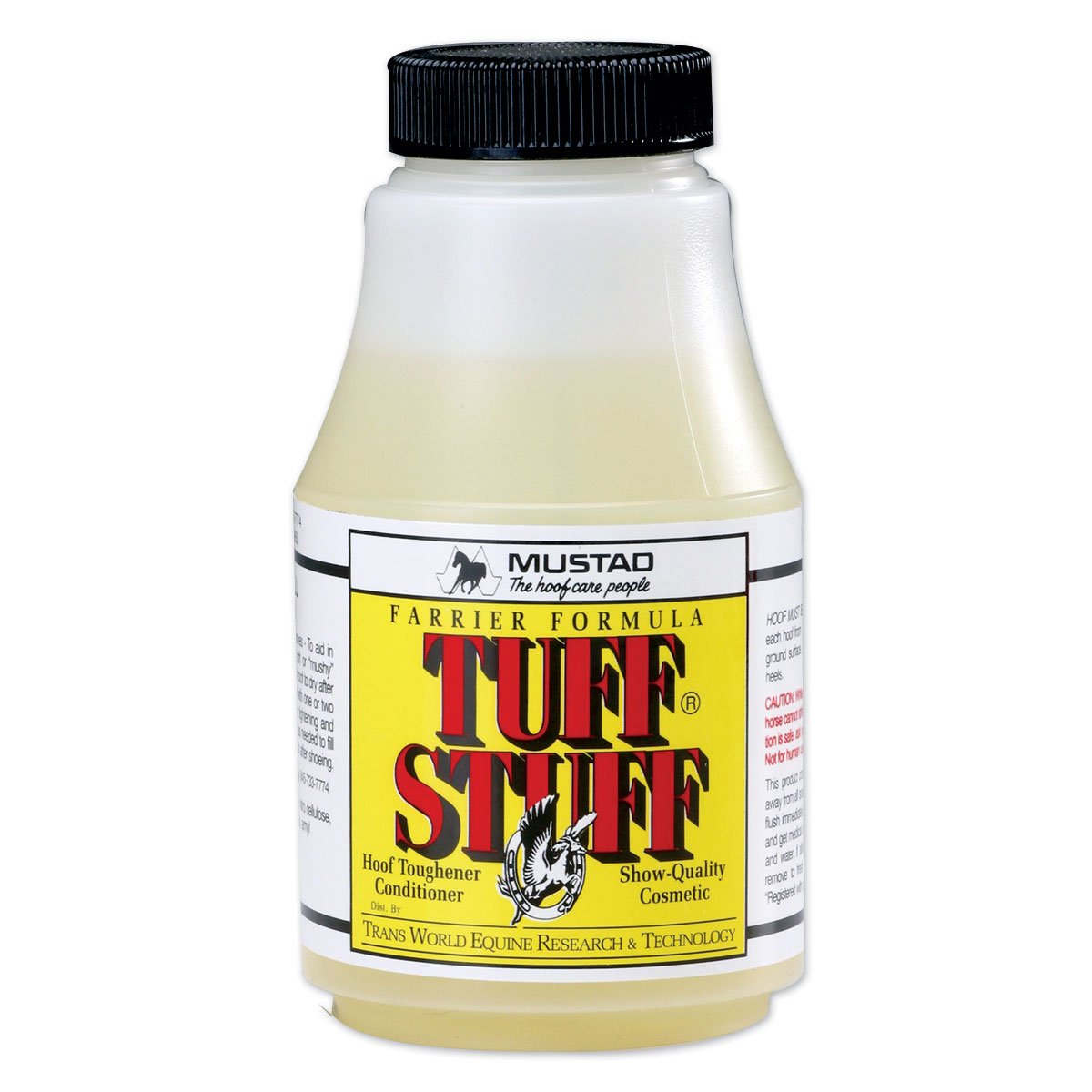
The level of training and education a horse has received is a critical factor to consider when looking for a suitable equine partner. A well-trained horse is more likely to be responsive, obedient, and capable of performing specific tasks with skill and precision. Whether you are looking for a finished show horse, a green prospect, or a project horse to train yourself, understanding the horse’s training background and education is essential for making an informed decision.
Key Considerations:
Training Level:
Evaluate the horse’s training level and proficiency in the activities or disciplines you are interested in. A horse with advanced training may require less time and effort to prepare for competition or leisure riding.
Training Methods:
Inquire about the training methods and techniques used with the horse. Understanding the horse’s training history can provide insights into its behavior, responses, and potential areas for improvement or refinement.
Cost and Budget
The cost of purchasing and owning a horse is an important consideration for many prospective buyers. In addition to the initial purchase price, it’s essential to consider ongoing expenses such as boarding, feed, veterinary care, farrier services, and equipment. Establishing a realistic budget and understanding the financial responsibilities associated with horse ownership can help you make a well-informed decision and avoid potential financial strain in the future.
Key Considerations:
Purchase Price:
Consider the initial purchase price of the horse, taking into account factors such as age, training, experience, and pedigree. It’s essential to weigh the horse’s qualities and suitability against the asking price to ensure a fair and reasonable investment.
Ongoing Expenses:
Factor in the ongoing expenses of horse ownership, including boarding, feed, veterinary care, farrier services, and equipment. Understanding the long-term financial commitments associated with horse ownership can help you plan and budget effectively.
If you’re curious about caring for horses or just want to learn more about these magnificent animals, you might find our articles on how to make a costume for a horse, how to AI a horse, and how to dry a horse insightful.
Conclusion
Choosing the right horse is a significant decision that requires careful consideration of various factors. By evaluating the horse’s temperament, conformation, health, intended use, age, training, and cost, you can make an informed decision that aligns with your riding goals and preferences. Whether you are looking for a reliable pleasure mount, a competitive show partner, or a versatile all-rounder, understanding what to look for in a horse is essential for building a successful and fulfilling partnership with your equine companion.



